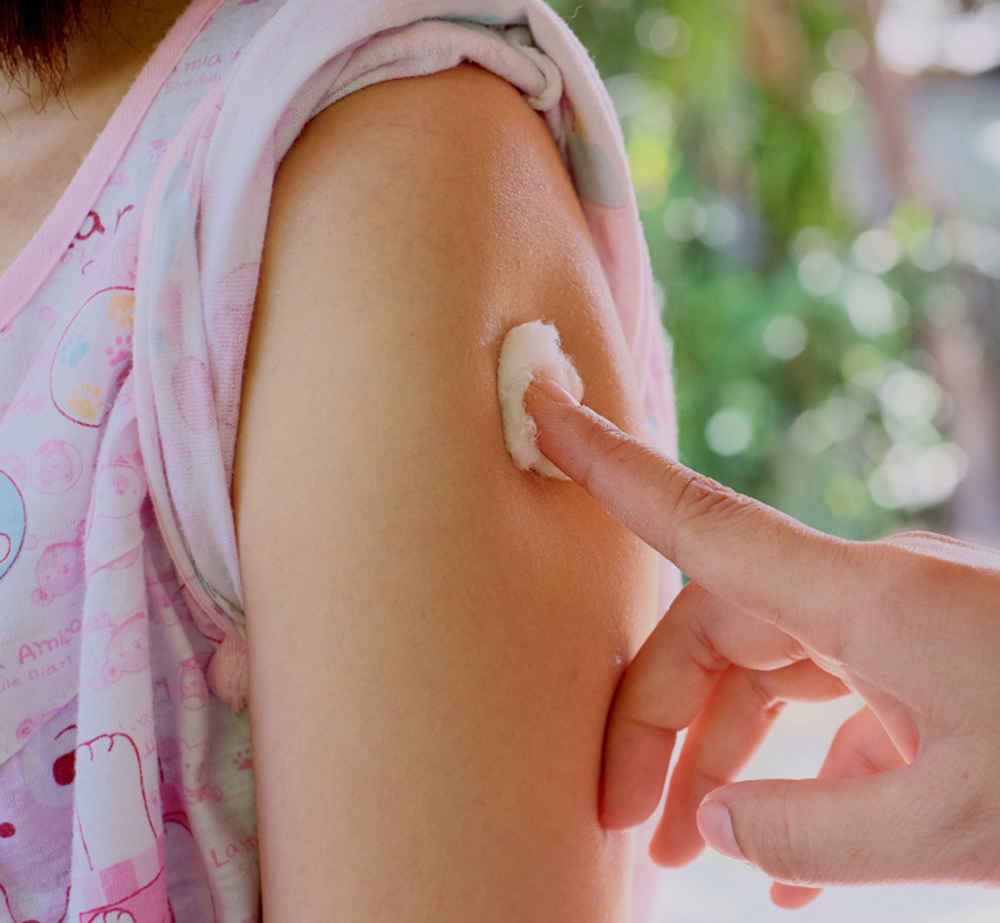410-721-2273
Pinworms
What is a pinworm?
A pinworm is a white, very thin worm about 1/4 inch long that moves. If it doesn't wiggle, it's probably lint or a thread. Pinworms usually are seen in the anal and buttock area, especially at night or early in the morning. Sometimes a pinworm is found on the surface of a bowel movement. More than 10% of children have pinworms. They do not cause any serious health problems. However, they can cause much itching and irritation of the anal area and bottom.
How do I check for pinworms?
If your child has itching or irritation of the anal area, he could have pinworms. Keep in mind that many get itching in this area just from washing the area too often or vigorously with soap.
Check your child for pinworms as follows: First, look for a 1/4-inch, white, threadlike worm that moves. Examine the area around the anus using a flashlight. Do this a few hours after your child goes to bed and first thing in the morning for 2 nights in a row. If no pinworm is seen, do a Scotch tape test for pinworm eggs.
Instructions for Scotch tape test
1. Pick up glass slides at your healthcare provider's office (2 for each child) and write your child's name on the slides.
2. Touch the sticky side of a piece of clear Scotch tape to the skin on both sides of the anus. Do this in the morning soon after your child has awakened and before any bath or shower.
3. Stick the piece of tape onto a slide. Do this 2 mornings in a row. Be sure to wash your hands right after handling the tape. Bring the slides to your provider's office. Your child's provider will look at the tape under a microscope.
Your provider will call you to give you the results. If pinworm eggs are seen on the slides, your child's provider will prescribe medicine.
How can I take care of my child?
Anti-pinworm medicine
If you have definitely seen a pinworm, your child needs to be treated with medicine. You can buy a nonprescription medicine such as Pin-X, or contact your healthcare provider for a prescription medicine that has a higher cure rate.
Treatment of other family members for pinworm
Children are usually infected by children outside the family. If anyone else in your family has itching and irritation in the anal area, or anyone sleeps with your child, call your healthcare provider during office hours for instructions. Your provider will tell you if it is necessary for everyone in the family to be treated. If any of your child's friends have similar symptoms, be sure to tell their parents to get them tested. Dogs and cats do not carry pinworms.
What if my child was exposed to another child with pinworms?
If your child has been around a child who has pinworms but has no symptoms, your child probably won't get them. Pinworms are harmless and are never present very long without causing some anal itching. If you want to be sure your child doesn't have pinworms, wait at least a month. A swallowed egg will not mature into an adult pinworm for 3 to 4 weeks. Then contact your provider about doing a Scotch tape test for pinworm eggs.
How can I help prevent pinworms?
Infection is caused by swallowing pinworm eggs. Your child can get pinworms no matter how carefully you keep your child and your house clean. The following hygiene measures, however, can help to reduce the chances of reinfection of your child or new infections in other people.
- Have your child scrub his hands and fingernails thoroughly before each meal and after each use of the toilet. Keep the fingernails cut short because eggs can collect under the nails. Discourage thumbsucking and nail biting.
- Vacuum or wet mop your child's entire room once a week because any eggs scattered on the floor are infectious for up to 2 weeks.
- Disinfect the toilet seat.
- Kill any eggs on clothes, pajamas, underwear, or bedding by machine-washing in hot water daily for 2 weeks.
Call 911
Call us during office hours if:
- The skin around the anus becomes red or tender (strep bacteria can infect this area).
- The anal itching does not stop within 1 week after treatment.
- You have other concerns or questions.
Written by B.D. Schmitt, MD, author of "Your Child's Health," Bantam Books.
This content is reviewed periodically and is subject to change as new health information becomes available. The information is intended to inform and educate and is not a replacement for medical evaluation, advice, diagnosis or treatment by a healthcare professional.
You May Also Like
Popular Resources | Make an Appointment • Locations • Refill Prescriptions





